Customer Services
Copyright © 2025 Desertcart Holdings Limited
Desert Online General Trading LLC
Dubai, United Arab Emirates



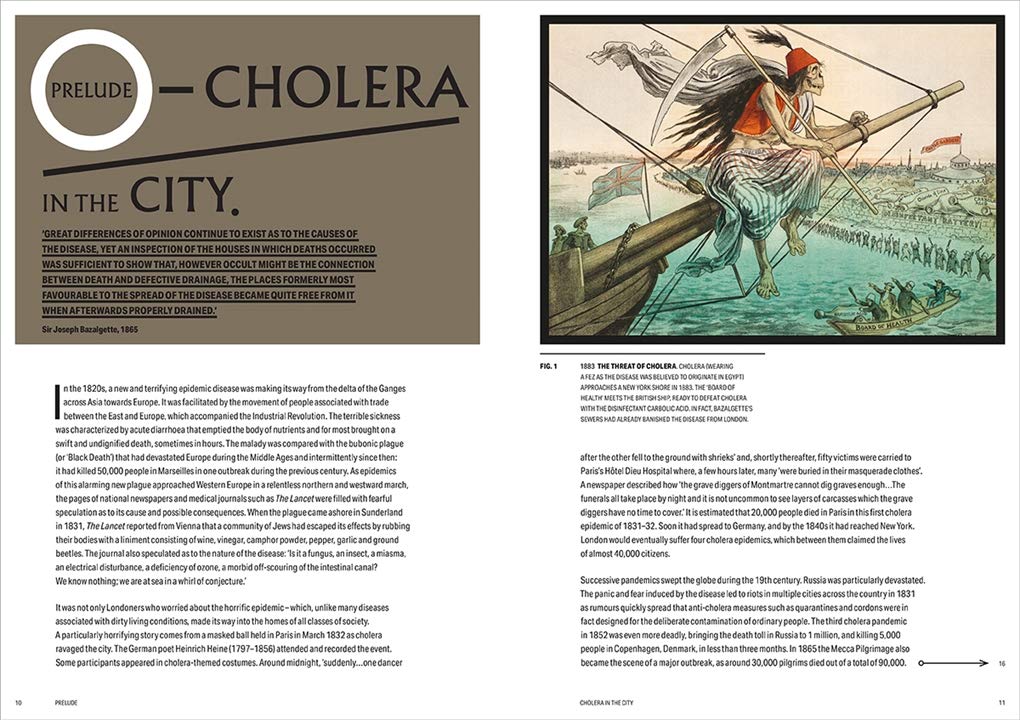
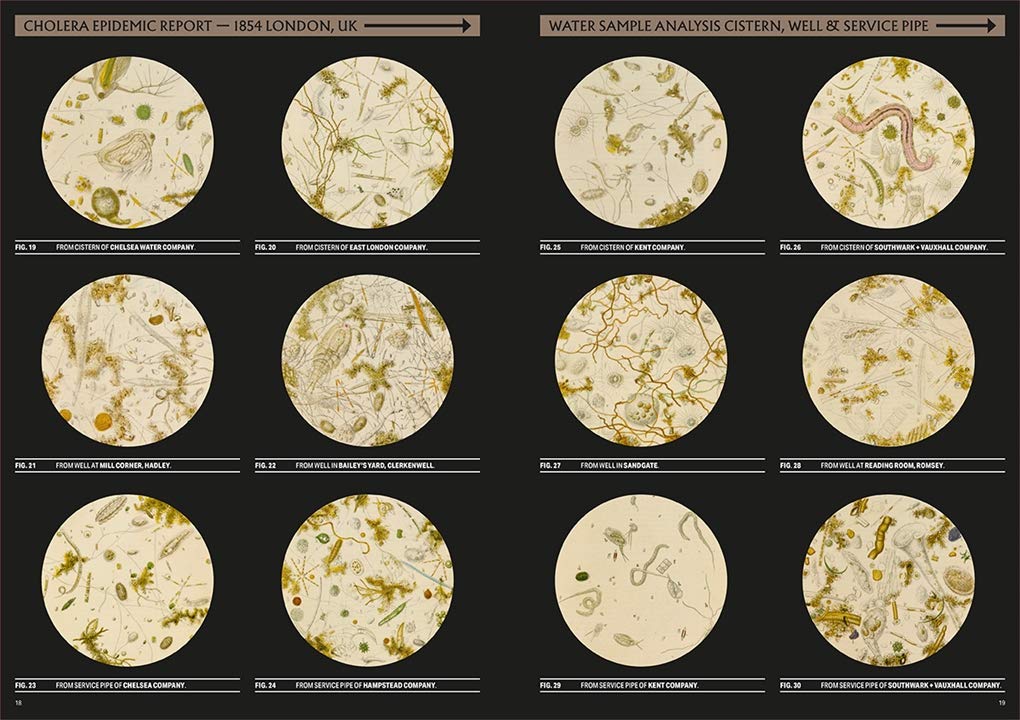

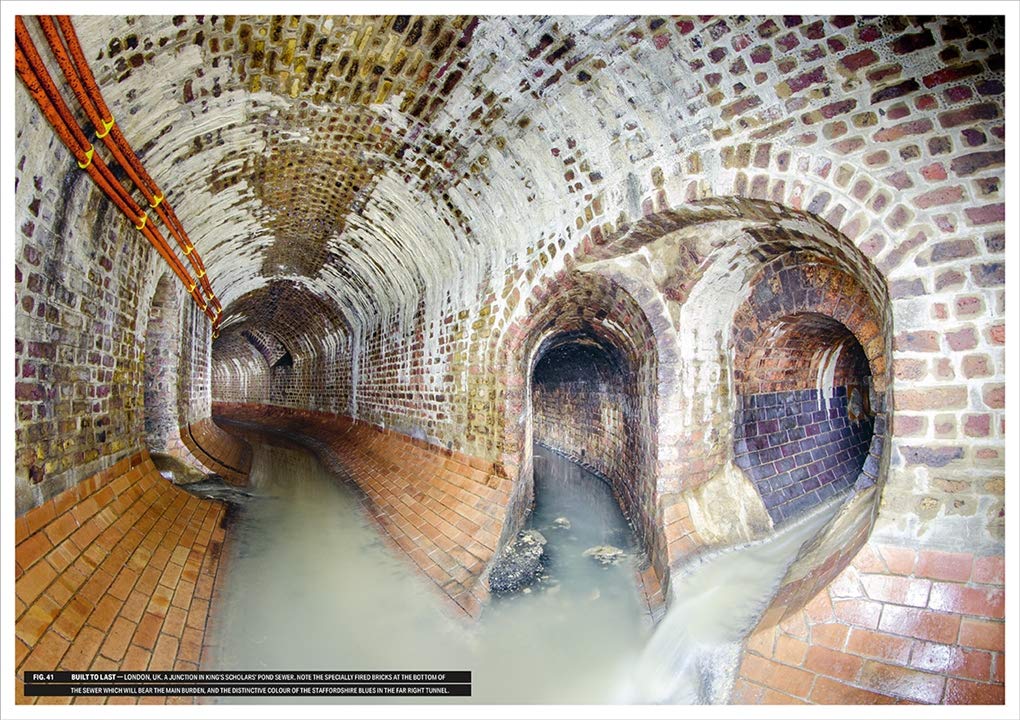

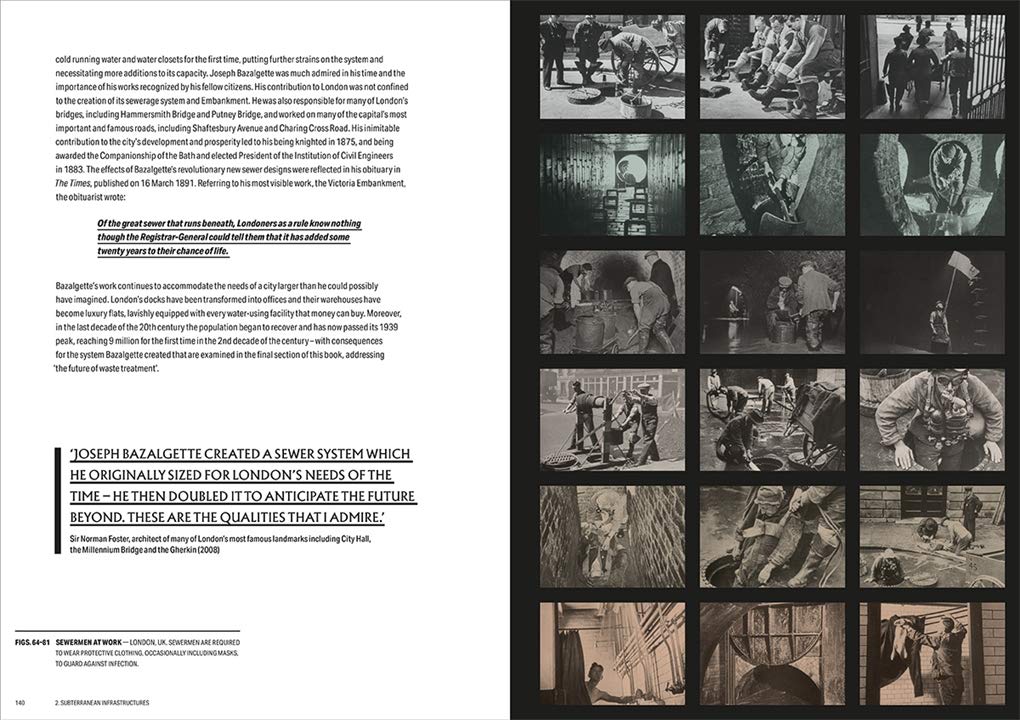
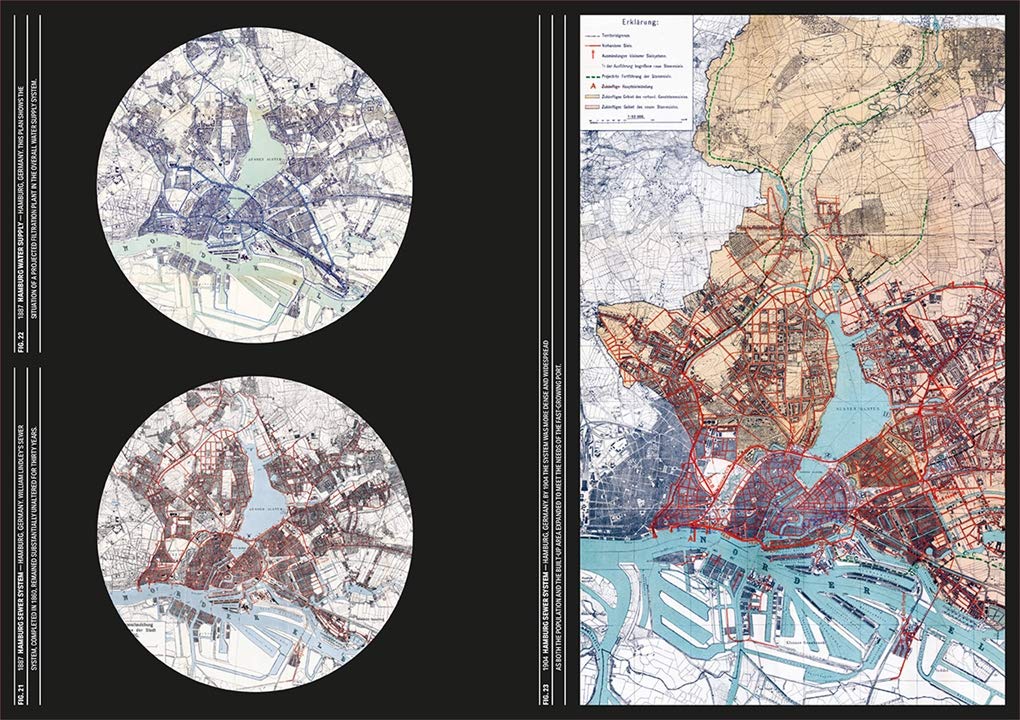
An Underground Guide to Sewers or Down, Through and Out in Paris, London, New York, &c. /anglais
B**T
Fast delivery
Book was undamaged, corners intact and no markings inside
M**D
terrific book on one of the world's most critical technologies
"An Underground Guide to Sewers," published by Thames and Hudson, is a remarkable, beautifully produced, and lavishly illustrated guide book to a critically important technical innovation, one which over time allowed cities to grow substantially while conquering deadly diseases. The historical sweep of the book begins many centuries ago, but the major focus is on the complex sewer systems developed more recently in Paris and London. It goes without saying that much can be learned about an aspect of daily life that affects all of us who reside in communities linked by shared destinies. At the same time, "An Underground Guide to Sewers" is a reminder that multiple disciplines have been and will continue to be intertwined in building the world's sewers system, that our quality of life and long-term survival depend on already established and yet to be improved approaches to waste management, and that governments need to do more than simply make infrastructure investment a political talking point.
H**Y
Bought as a gift & it was their favorite. Very Interesting & Historical. Definitely recommend.
Gave as a gift.
R**F
A whimsical stroll through history and its sewage
An excellent view from biblical times through the modern world written with wit and humor. Photo plates and maps were incredible. Bears on public health and Coronavirus issues of today.
C**S
Great book
Great book about a crappy subject.
R**N
Waste management
Sewers aren't things most of us think about or are even aware of (until they overflow, of course) but how did this really important part of any cities infrastructure develop. Stephen Halliday's fascinating book reveals in words and illustrations how the heroes of Victorian engineering and architecture created the groundwork for what is still in use today under our streets.The fear of cholera and the smell of cities was the driving force behind the idea of putting egg shaped conduits below ground to carry waste away. Joseph Bazalgette was the engineer who solved the problem for London and by 1868 the city had sewers north and south of the Thames and all for about £21 million. Paris, like London, had a river flowing through the city and regarded by many as a convenient sewer until George Haussmann and Eugene Belgrand were commissioned to design something to solve the problem. Their sewers were unique because they became a tourist attraction, page eighty-two has a picture of ladies and gentlemen sitting in a boat pulled along by sewermen. Unique because the sewers only collected water and debris from streets and didn't handle human waste. In 1883 it was estimated that 25,000 Parisian wells were polluted during heavy rains.The author considers the history of underground sewers in several cities around the world like New York, Chicago, San Francisco, Tokyo, Melbourne, Prague, Hamburg, Berlin all illustrated with historical photos, diagrams and maps (almost five hundred in all). Chicago, in 1855, had a problem because the city was a just a few feet above Lake Michigan and lacked the gravity to take wastewater into the Lake. The solution was to raise the level of streets nearest the Lake. George Pullman (who created sleeping car trains) installed six thousand jacks under buildings and raised them slowly each day until there was enough space below to put in pipes to the Lake at a steeper angle.The book's last section 'Revolutions of purity' brings the story up to date by examining contemporary sewage works and what to expect in the future. In London the sixteen mile Thames Tideway Tunnel will collect the overflows from thirty-four outfalls that currently go into the Thames after heavy rain. New York has a sixty mile 'Tunnel No.3' to improve the cities water supply, vacuum sewers are in use in Norway and Sweden and Japan has a rather expensive Toto Toilet with a heated seat and warm water jets to use instead of paper.
B**E
The Cool World Below You
I would have never guessed that sewers would be so interesting! Extremely well done. Great book that makes you notice the world below you in a much different light.
A**
Unexpectedly interesting subject
Bought this for my Dad for Christmas (as a bit of a joke) but he loved it! So many interesting stories in the history of sewers, and a really fun design (the end papers have lots of manhole covers)
S**B
Un-put-down-able despite a complex topic
This might seem an unlikely book to become a best seller but I read it cover to cover in one day today and found it un-put-down-able. I hope it does do well. I guess like most people I knew the basics of how sewers had rid London of cholera but this fabulous book with a wealth of illustrations teaches you all you need to know and more without ever getting tedious. As well as the history of sewers in cities worldwide we have explained those generally-passed-by-quickly installations one sees for water processing and they are explained in relatively simple terms. I am sure degrees in biochemistry, hydraulics and water engineering are needed for the real work but the lay reader is given the basic ideas. I live near the large Kempton Park engine house where one can still visit to see these giants of water engineering. On a personal note I have a son who was childminded 35 years ago on the banks of the Thames by a descendent of Joseph Bazalgette and who now actually has a septic tank in his remote house. I now know more about how it works. I( strongly recommend this book.
B**N
Great
Beautifully produced, fascinating.
A**R
Interesting subject
This book is very interesting but I feel frustrated by not only the type face but also the small maps. I think of more benefit would be large but fewer maps so that they can be read. Some of the pictures should have been sharpened. One picture shows a settling tank at a sewage works which is showing disturbance such as aeration. Don’t let that observation detract from the book though.
L**U
Great book - shame about the typeface
A lovely book, packed full of fascinating engineering and social history, but the size and clarity of the typeface and colours chosen for text background make it very uncomfortable to read.
Trustpilot
1 month ago
1 month ago